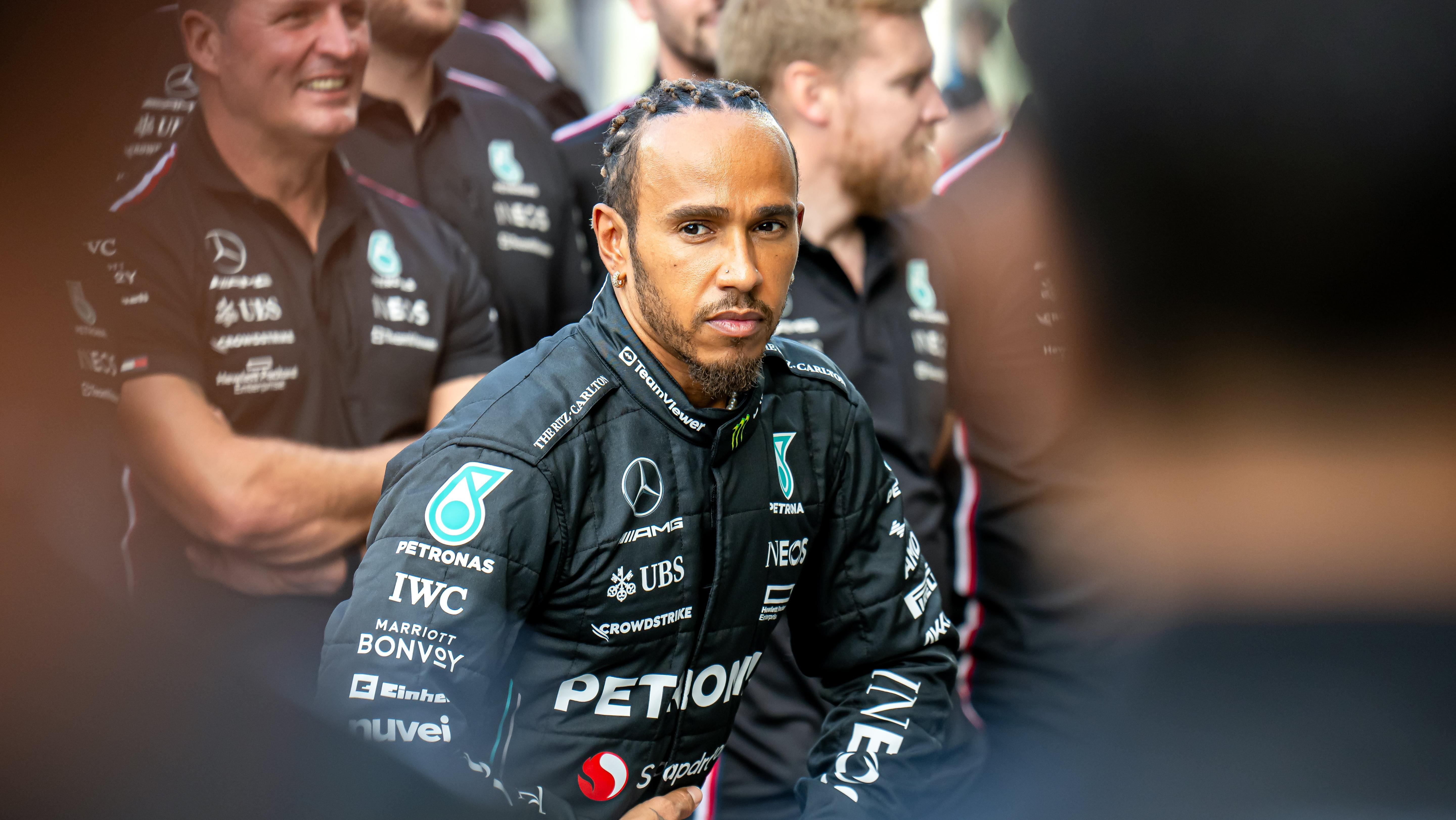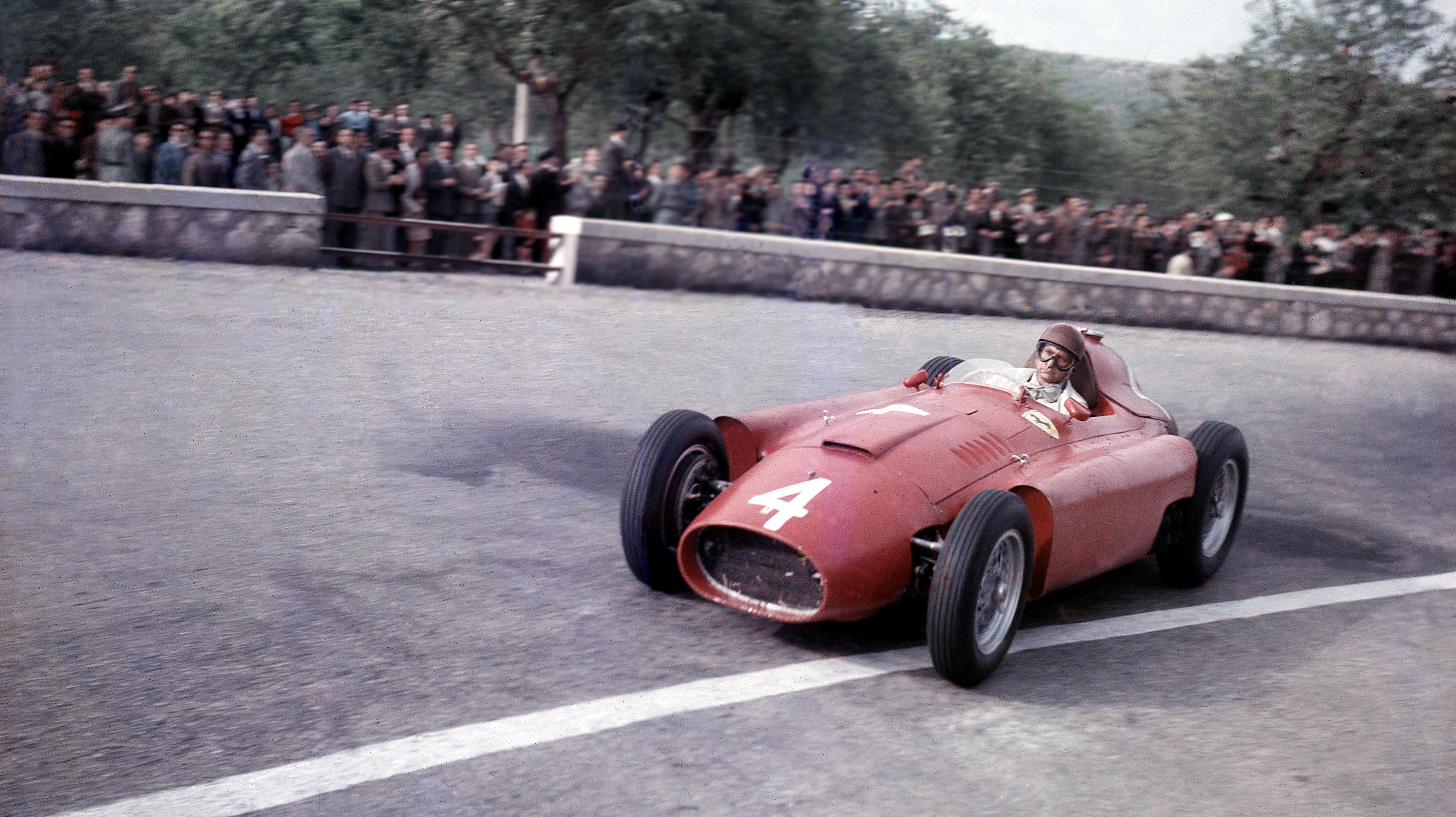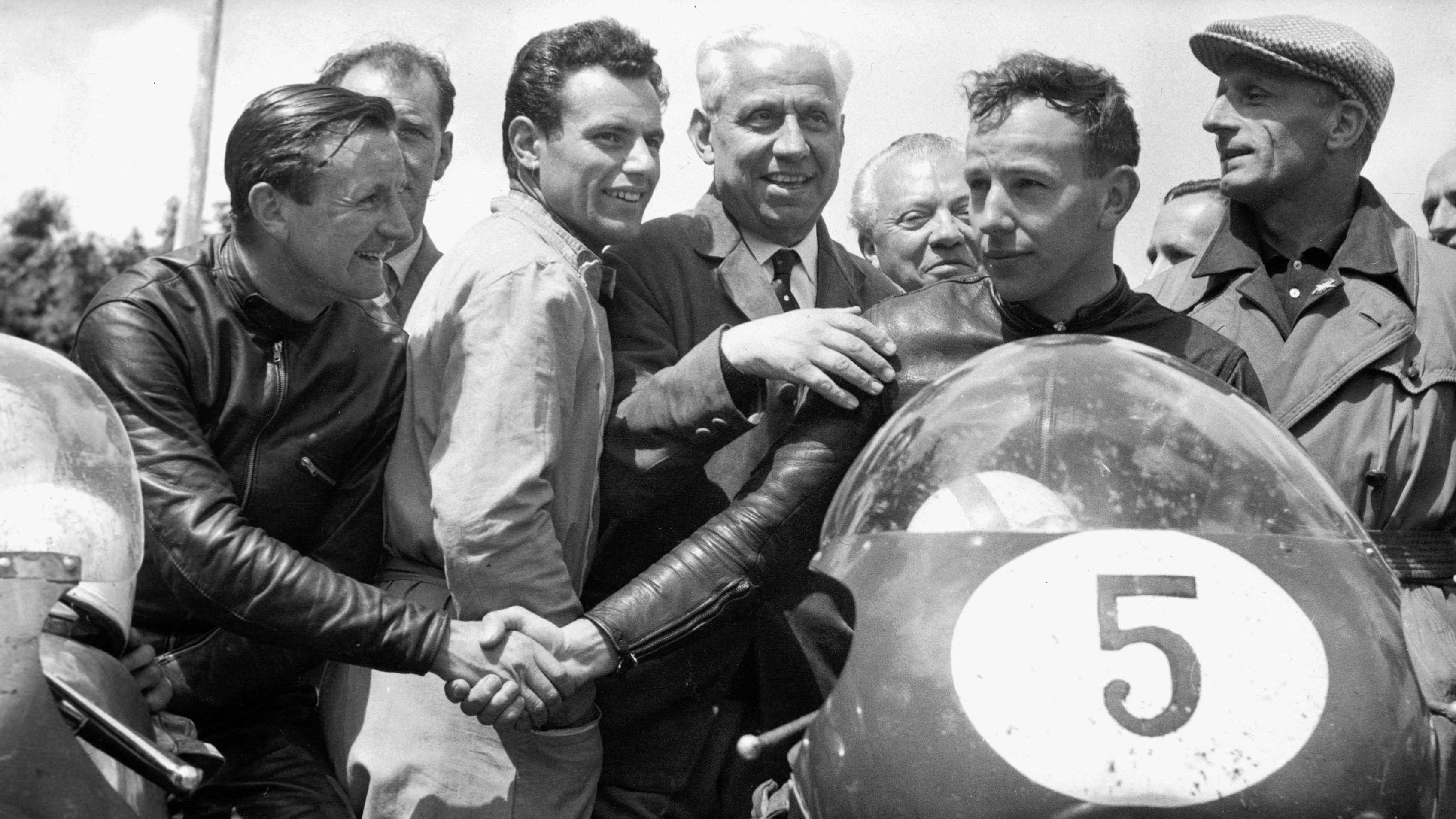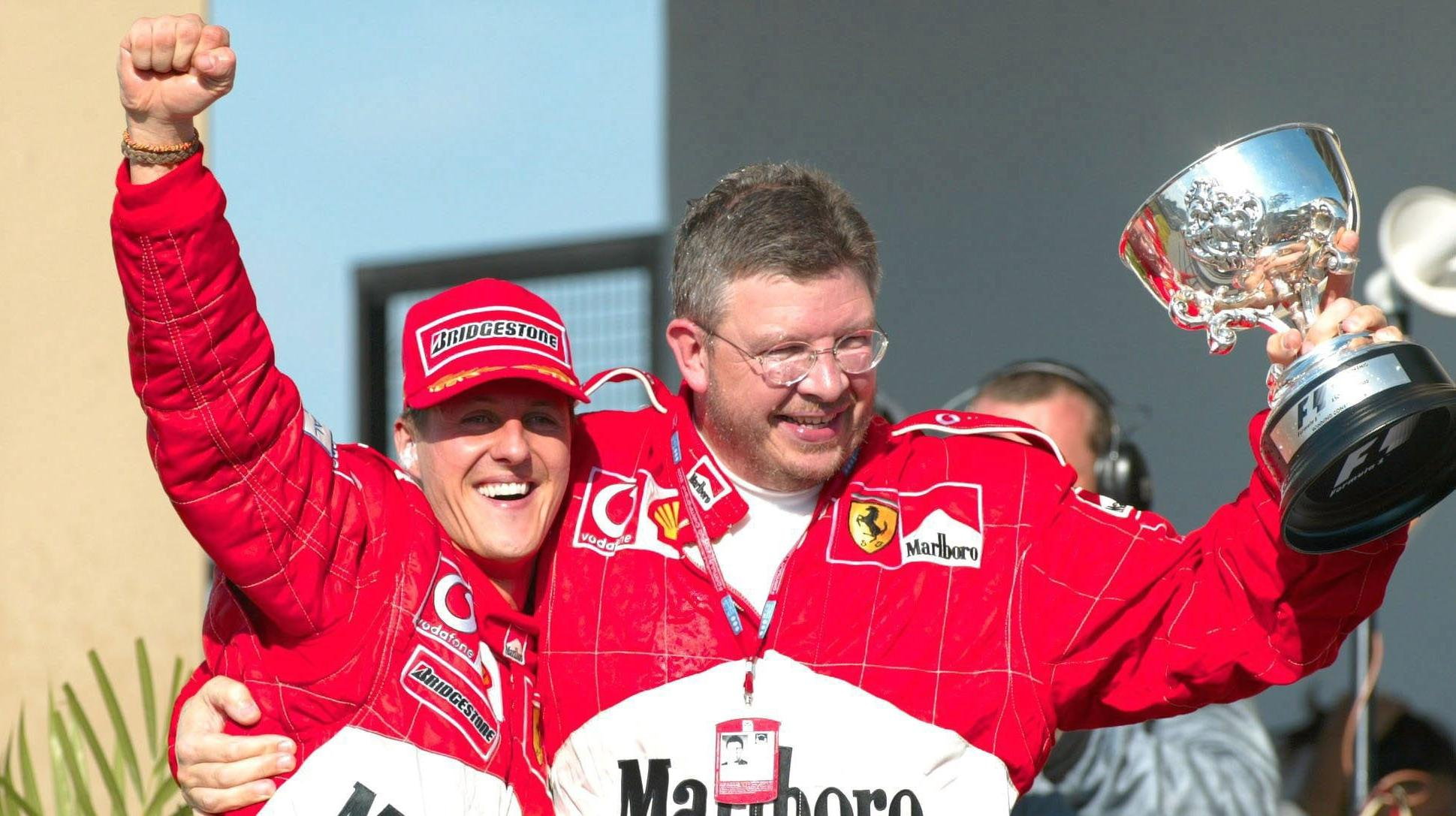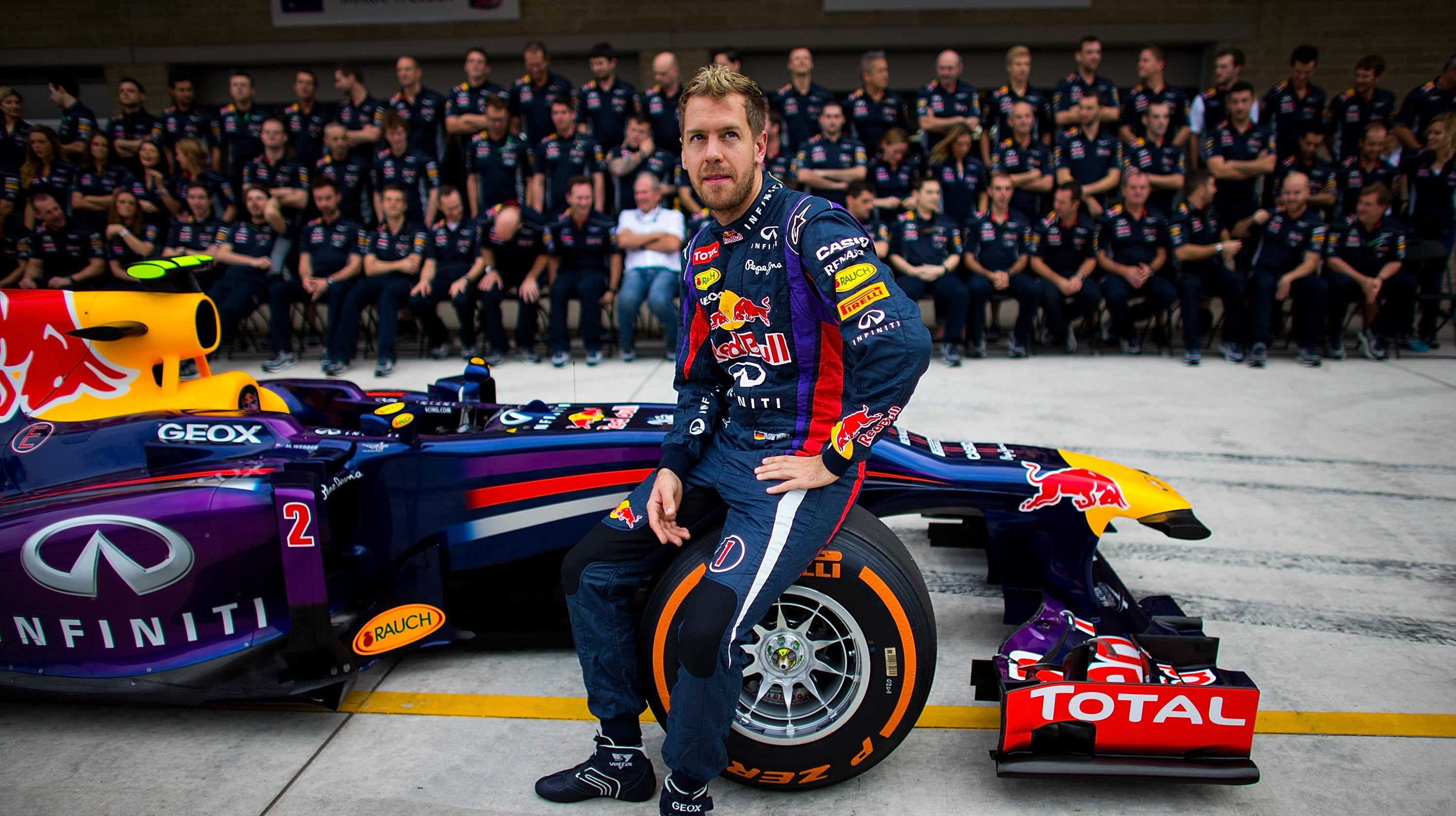Racing World Champions Who Jumped Ship To Ferrari Before Lewis Hamilton
Hamilton will join the list of six world champions who moved to Maranello seeking success.
Lewis Hamilton seems to be headed for Scuderia Ferrari. The seven-time F1 world champion is expected to join the iconic Italian team for the 2025 season. It seemed like Hamilton would spend the remainder of his career with the Mercedes factory team, but the allure of Maranello was too strong to resist.
Updated Friday, February 2, 2024 12:02 p.m. EST Hamilton's move to Ferrari was confirmed via Twitter.
Hamilton won't be the first world champion to join Ferrari in the sport's history, however. Previous moves have been consistently tumultuous outside of a single glaring exception. Ferrari always focuses its rebuilding efforts around a talismanic star, but differences develop on nearly every occasion. Here are all the world champions that joined Ferrari and how each partnership played out:
Juan Manuel Fangio
Juan Manuel Fangio didn't join Ferrari entirely of his own volition. The Argentine driver was 38 years old when the world championship was established in 1950. Despite being older relative to other competitors, Fangio was Argentina's best driver and gained the favor of Juan Perón, the country's president and a racing fan.
Fangio won three for the first six F1 championships. He was free to hop between teams year-to-year because of his exceptional ability and government backing. He won a title with Alfa Romeo in 1951. His next title campaign in 1954 started with Maserati and ended with Mercedes-Benz once the German automaker relaunched its racing program.
Fangio won his third championship with Mercedes in 1955. However, the German automaker withdrew from international motorsport in the wake of the 1955 Le Mans disaster, a fiery crash that killed 84 people when a 300 SLR was launched into a spectator area.
The Constantly Breaking Lancia
Fangio only spent a single season at Ferrari, but he won the 1956 F1 World Championship. It was a strange year for Maranello despite the success. Ferrari raced the Lancia D50. The innovative car was bought by Ferrari from its struggling competitor, but it gave more headaches than victories.
At the time, F1 allowed drivers to share cars during a race with the cost of splitting points. If a team's lead driver faced mechanic problems, it would put its ace into a lesser driver's car. Ferrari did this with Fangio three times over the eight-race season, including in the finale, at the cost of his teammate Peter Collins. Collins was second in the championship.
Fangio returned to Maserati in 1957 and won his fifth championship. Then, he went on a farewell tour in 1958 and retired.
John Surtees
The route that John Surtees took to Ferrari is absurd by modern standards. He was a seven-time MotoGP world champion who made an ambitious swap to four-wheeled racing. While a common swap before World War II, it was becoming a rarity even by the 1960s. However, Surtees immediately made an impact. The 26-year-old contested a part-time F1 campaign with Lotus and finished second in the 1960 British Grand Prix.
The Le Mans Walk-Out
Surtees' time at Ferrari began brilliantly. It only took two seasons to win the world championship, but Ferrari and Surtees were never able to replicate their 1964 success. The dissatisfaction over uncompetitive machinery would eventually boil over in 1966. Surtees quit Ferrari after the team refused to let him drive the opening stint of the 24 Hours of Le Mans.
Alain Prost
Alain Prost seemed destined to take up the mantle of the next Fangio, then Ayrton Senna emerged as a phenom. The analytical Frenchman lost the 1984 championship to his McLaren teammate Niki Lauda by a half-point, then won the next two. Senna joined McLaren in 1988 and won that year's championship over Prost. Their rivalry would hit a zenith during the 1989 Japanese Grand Prix when they collided near the race's end. Controversially, Senna was disqualified and Prost won the title on the way out of the door to Ferrari.
The Winless Year
The move to Ferrari arguably intensified the rivalry between Prost and Senna. The 1990 F1 championship would be again decided at the Japanese Grand Prix. This time, Senna plowed into Prost as they hurtled into the first corner to secure the title from himself. Ferrari would see a significant decline the next season and not win a single race in 1991. Prost was fired for being heavily critical of the team's uncompetitiveness. He would take a sabbatical in 1992 before returning with Williams and winning the 1993 title in the FW15C, an electronic-aided monster.
Michael Schumacher
Michael Schumacher was the wunderkind that team principal Jean Todt wanted to rebuild Ferrari around after a 17-year drought without a championship. The 27-year-old German joined the team in 1996 with a blockbuster $60 million two-year contract. Schumacher had won the 1994 and 1995 championships with Benetton, where he had spent nearly every race on his fledgling career.
The Exception
Schumacher's tenure at Scuderia Ferrari was one of the most successful runs in racing history. He won five consecutive F1 World Drivers' Championships between 2000 and 2004. This streak could have begun in 1999 if he didn't break his legs in a crash during the British Grand Prix. Ferrari still won the constructors' title that year. It illustrates that while Schumacher was a transformative driver, the car still needed to be capable of success. When Ferrari nabbed Schumacher, he lured engineers Ross Brawn and Rory Byrne to join him.
Fernando Alonso
Fernando Alonso would be Formula One's next champion after Schumacher, winning back-to-back titles in 2005 and 2006 with Renault. He would join McLaren alongside rookie Lewis Hamilton for the 2007 season. Their relationship would become contentious with Hamilton's immediate success, costing himself a third championship and Hamilton an unprecedented championship as a rookie.
Alonso returned to Renault in 2008, but the team imploded the next season when it was revealed that the team secured Alonso's 2008 Singapore Grand Prix win by ordering his teammate Nelson Piquet Jr. to crash. Ferrari had sought Alonso's service over the season, and the scandal allowed the team to sign the champion.
The Staunch Opposition
Alonso became a perennial bridesmaid to Red Bull's Sebastian Vettel during his five seasons at Ferrari, finishing second in the championship on three different occasions. Ferrari couldn't produce a car that could regularly outpace Red Bull. The relationship fell apart in 2014 amid a changing of the guard as Luca di Montezemolo resigned as Ferrari chairman.
Sebastian Vettel
Sebastian Vettel would coincidentally be the driver Ferrari signed to replace Alonso for the 2015 season. The 28-year-old German aimed to emulate his hero, Michael Schumacher, by finding success in Maranello. Vettel has won four consecutive championships with Red Bull Racing from 2010 to 2013. His reign would come to an end with a major rules change in 2014 and Mercedes' emergence as the new dominant power.
The False Hope
It seemed like Vettel would lead Ferrari into a new competitive era dueling Mercedes and Lewis Hamilton. Vettel was able to finish second in the standings in 2017 and 2018, but he was still getting blown out of the water by the future all-time wins leader. Ferrari looked to be on the verge of making the step up to title challenger ahead of the 2019, but it was really the beginning of the end. The team decided to part ways with Vettel after the 2020 season, and he eventually joined Aston Martin to end his career.
Will Lewis Hamilton's time in Maranello will play out any better?
